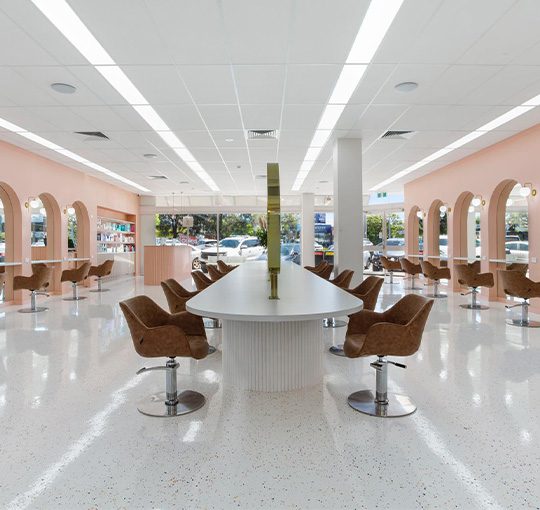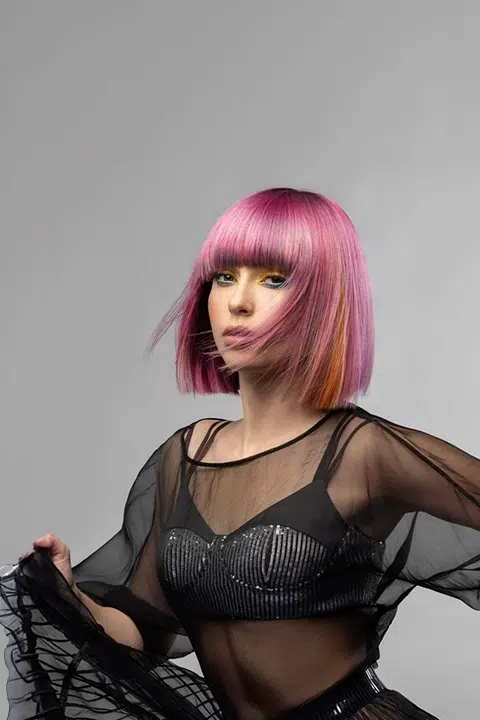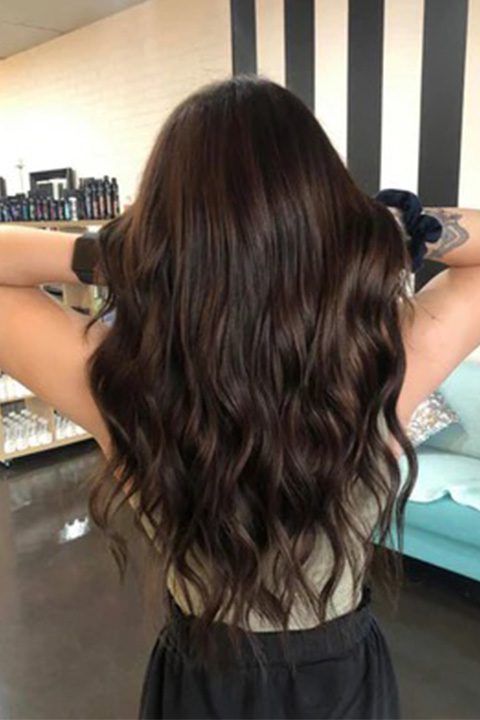In the world of hair colouring, two techniques stand out for their ability to transform locks. The discussion often revolves around balayage vs. highlights. Both methods aim to add dimension and depth to your hair, but they differ in application and outcome. Balayage involves hand-painting colour onto random sections of the hair. This creates a natural, sun-kissed effect. On the other hand, highlights utilize foil or other methods to lighten specific strands, resulting in a more defined contrast with the base colour.
You can think of balayage as the artist’s brushstroke, gently blending hues for a seamless transition, while highlights offer a bolder statement with strategic placement and contrast. Whether you are in for a soft, effortless glow or a striking, high-contrast style, it’s important first to understand the differences between these two styling techniques.
What is Balayage?
Balayage is a hair colouring technique characterized by its freehand application. With this technique, colour is delicately painted onto select sections of the hair. The word “balayage” originates from French, meaning “to sweep.” This method creates a natural, sun-kissed effect, which leaves the impression that the hair has been naturally lightened by the sun.
Balayage allows for seamless blending and soft transitions between hues, resulting in a multidimensional look. It offers versatility in achieving various styles and is a popular choice for those seeking a low-maintenance yet stylish hair colour option.
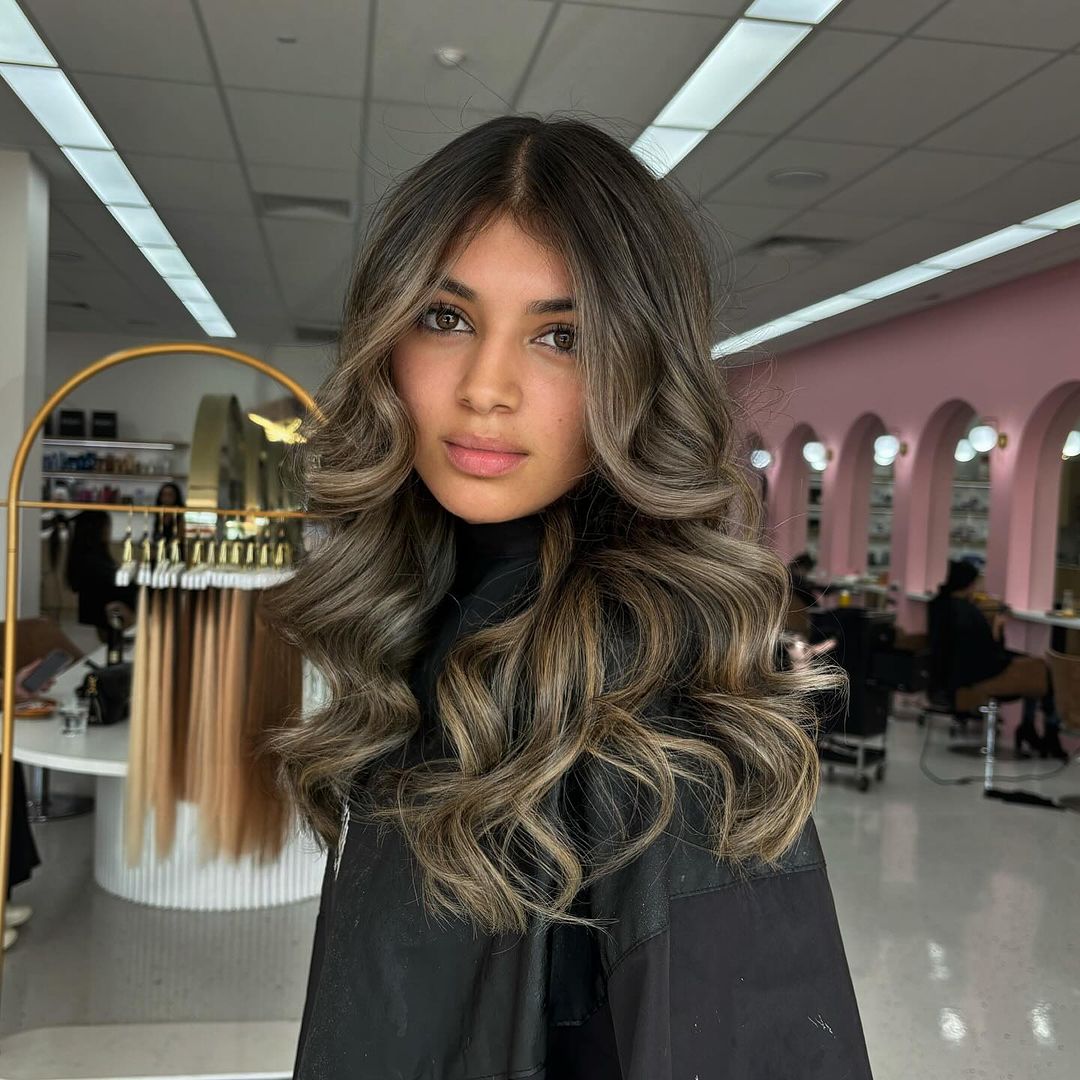
Balayage Hair
Type of Balayage
The balayage hair styling technique comes in various types, each tailored to individual preferences and needs. Each type offers unique effects and styling options, catering to different hair textures. Whether it is a subtle enhancement or a full makeover, balayage provides versatility and customization to suit every taste. The main types of this hair styling technique include:
- Full Balayage – It lightens the overall hair and is perfect for a complete colour transformation.
- Partial Balayage – This styling targets specific sections for highlights, creating a spotlight effect.
- Flamboyage – It combines lowlights and highlights and uses adhesive strips for a multidimensional effect.
- Babylights – This technique applies delicate highlights to small hair sections to achieve a more natural look.
- Reverse Balayage – Unlike traditional balayage, this method changes the hair colour from a lighter to a darker tone.
Who Should Consider Getting Balayage Hair?
Balayage hair is a popular choice for individuals seeking a natural and low-maintenance hair colour option. It’s particularly suitable for those with darker hair tones and who desire a gradual transition to lighter shades. Balayage also allows for personalized touches and seamless blending that complement various skin tones and face shapes. The technique’s hand-painted application creates soft highlights, perfect for individuals who want to enjoy longer intervals between salon visits.
Something to note is that you can comfortably do balayage on your hair extensions. This will, however, require that your hair match the root colour of the hair extension and that an expert hair stylist is working on it.
How Long Does Balayage Take?
As noted above, balayage lasts longer than most hair styling techniques. The time it takes to get that natural sun-kissed look will depend on several factors, such as the length of your hair and the specific customization needed. You can expect to spend anywhere from 2 hours to 3 hours in the salon, as this styling technique allows for artistic freedom and customization.
What is Highlight?
Highlight styling is a hair colouring technique that involves lightening specific sections of hair to create contrast and dimension. It typically employs lightening agents, such as bleach or hair dye, to achieve lighter tones. This process may utilize tools like foils or brushes to isolate and apply the lightening solution to targeted hair strands.
During application, hair sections are selected based on the desired effect and may vary in thickness and placement. When applied correctly, this technique adds depth and texture to the hair, enhancing its overall appearance.
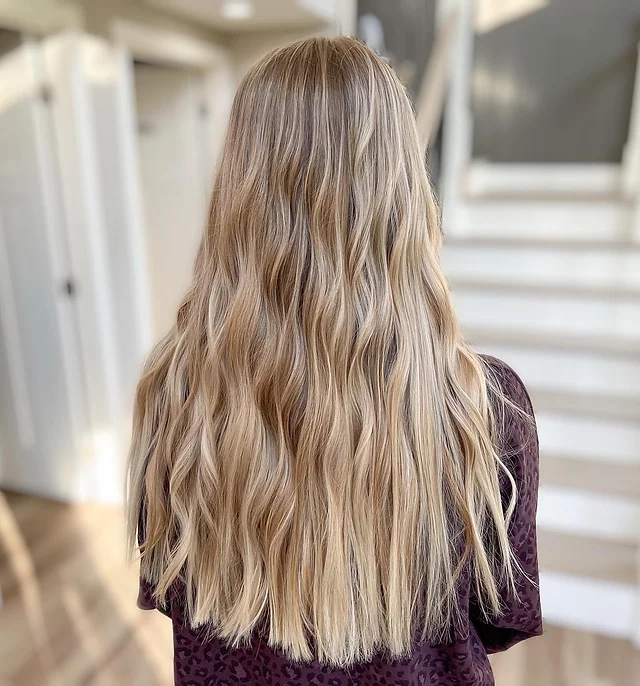
Highlighting hair
Type of Highlight
Highlights come in various types, each offering unique application techniques, popularity, and benefits. Here’s a quick breakdown:
- Foil Highlights. With this type, hair sections are woven and painted with a lightning solution before being wrapped in foil to intensify the colour. It’s commonly used for precise colour placement and is a popular choice. The benefit of this type is that it provides a uniform and well-defined look.
- Peekaboo Highlights. This technique focuses on creating hidden lighter strands underneath the top layer of hair. It allows for the option to try different colour effects without committing to a full transformation.
- Chunky Highlights. Unlike the other methods, this technique involves colouring larger sections of hair to create a bold contrast. While it’s not the most common, it’s ideal for those seeking a noticeable colour change.
- Babylights. This type involves applying delicate highlights throughout the hair to achieve a natural-looking effect. Babylights mimic the sun-kissed highlights and are ideal for creating a youthful and radiant appearance.
Who is Suitable for Highlighting Hair?
Highlighting hair is suitable for individuals looking to brighten their hair colour. It is popular with those who have natural or coloured hair and want to create contrast and texture without committing to a full-colour change. Highlighting can enhance various hair textures and lengths, from straight to curly, offering versatility in styling options.
This hair styling technique is also suitable for people with different skin tones since it can be customized to complement individual features. Whether you are aiming for simple highlights or bold contrasts, highlights offer a versatile styling option for anyone looking to freshen their looks.
How Long Does Highlighting Take?
The time it takes to highlight your hair will depend on factors such as the hair length, the desired outcome, the hair thickness and the technique your hair stylist used. On average, it can take around 1.5 hours to 3 hours from start to finish. The process would often involve sectioning the hair, applying a lightening agent and allowing some time for the hair to achieve the desired colour.
What’s the Difference Between Balayage and Highlights?
Having brought the balayage vs. highlights debate to an end, you now know that the two techniques differ in application and outcome. One key distinction lies in the application process. Balayage is more freehand and allows for softer transitions between colours, while highlights offer precise colour placement and intensity control. Balayage also tends to produce a more delicate and subtle effect, which is perfect for those seeking a low-maintenance and effortlessly chic look. On the other hand, highlights can create a bolder and more dramatic contrast, ideal for those who prefer a more noticeable colour change.
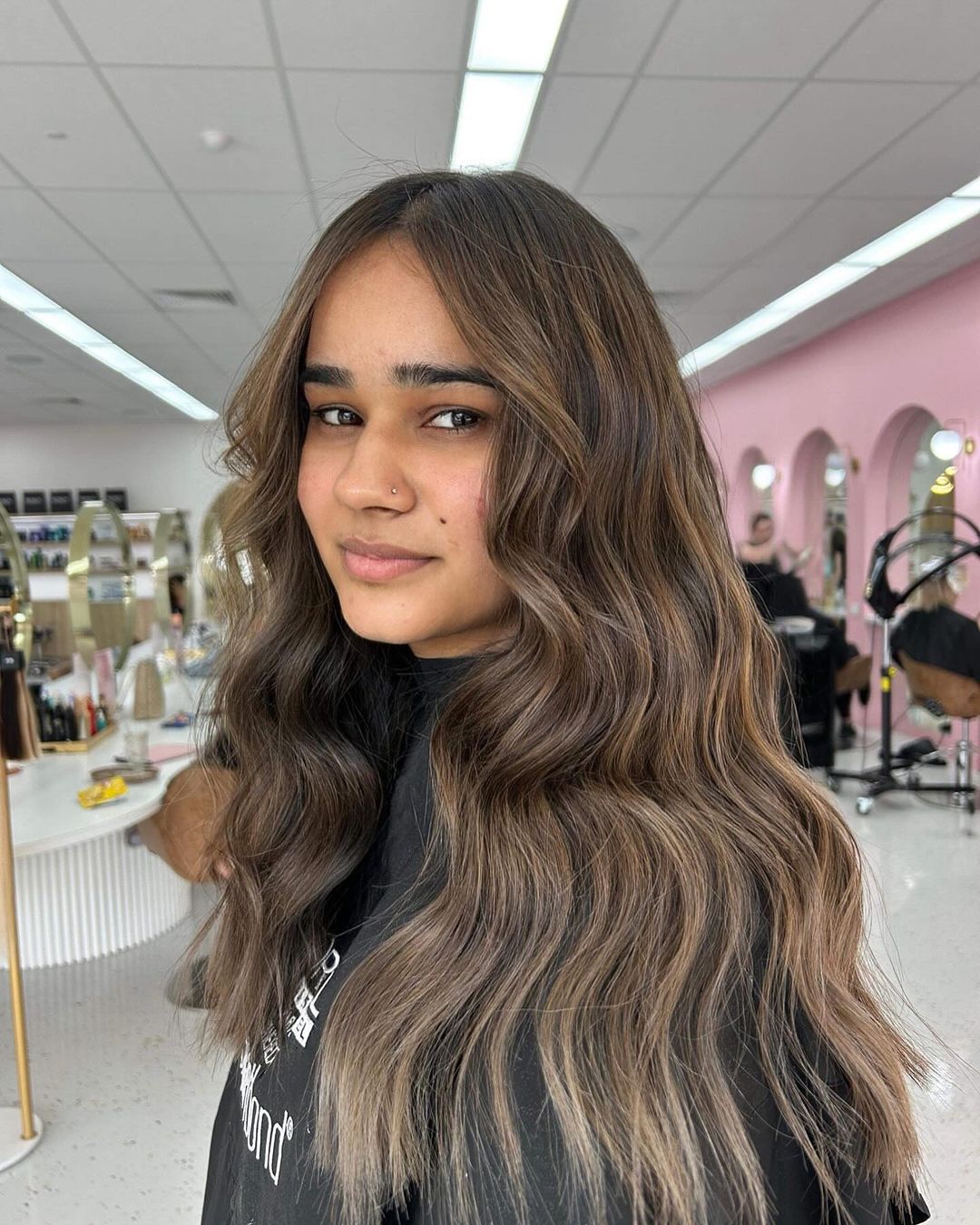
Regardless of the hair styling option you choose, ensure you find a colour specialist who is passionate, understanding, and experienced in delivering the specific look and desired outcome. At Lady and the Hair, you’ll find award-winning colour and extensions specialists ready to listen to your hair colouring styling needs and work with you to achieve that new look.



